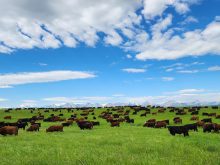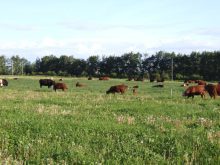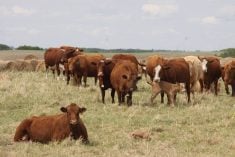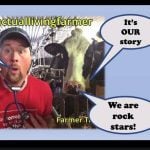An Agriculture Canada researcher publishes book to help producers better understand the insects living in their pastures
You can tell a lot about the health, biodiversity and status of a pasture and its cattle from digging into cow patties and looking at bugs.
Kevin Floate, an Agriculture Canada researcher in Lethbridge, wants to help you do that. His just-published book, Cow Patty Critters, is richly illustrated, written in layperson’s language, is scientifically rigorous and available free to download.
In the book, Floate explains why the insect life in and around cattle manure is worth understanding and studying, what the various poop-loving (coprophilous, to be precise) bugs are, what they do and reveal about a pasture and its animals, and how to best find them.
Read Also
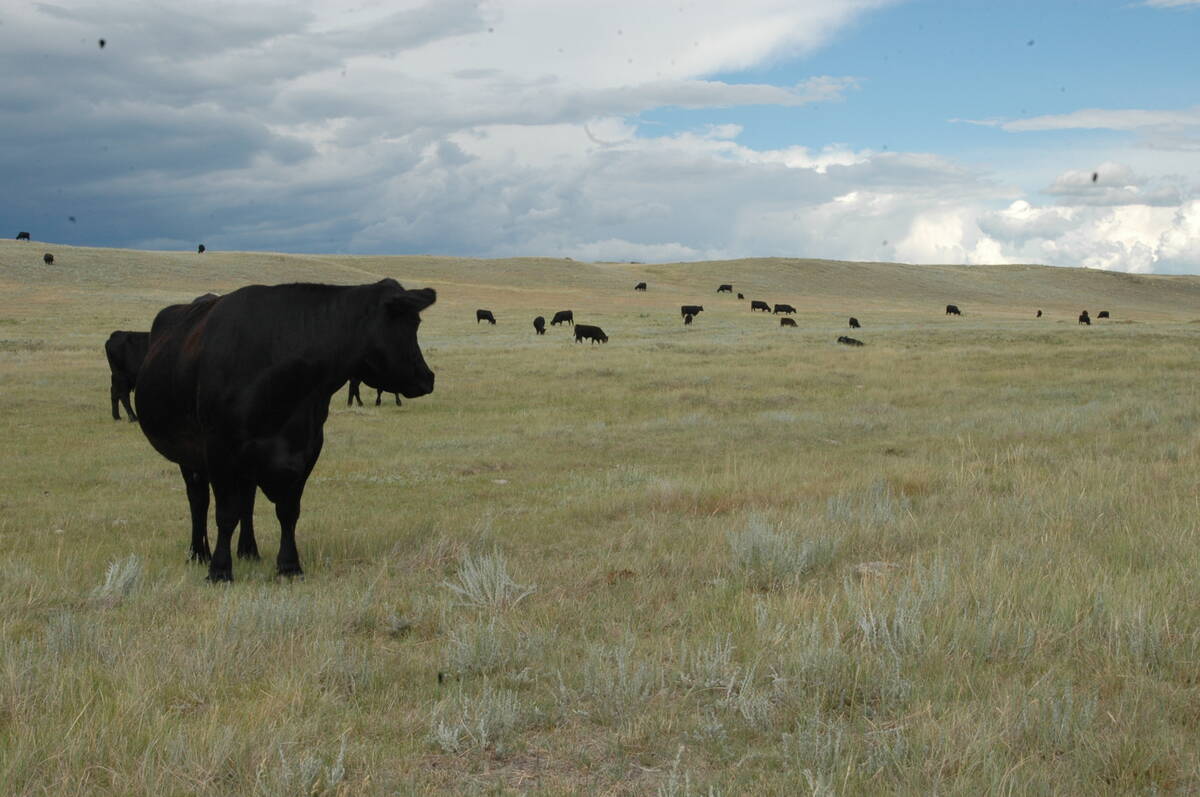
Canadian Food Inspection Agency slammed for handling of bovine tuberculosis case
The federal government leans heavily on producers to “take one for the team” and risk their livelihoods without any reassurance of support.
In Cow Patty Critters, readers will also find Floate to be a passionate illustrator of the fascinating worlds-in-dung that lie mostly hidden within every cattle-hosting pasture.
“This is the guide I wish I had when I started my career,” said Floate, who has studied the area for decades.
“If I have done my job right, readers will find it informative, interesting and enjoyable.”
The guide contains many photographs of the main types of cow patty bugs, including members of the famous dung beetle family, as well as different families of beetles, flies, larvae and creepy-crawlies that visit and reside within Canadian cow manure.
While it is written to be accessible to ranchers and pasture owners, it also aims to be scientifically rigorous, carefully laying out the distinctions and proper designations of the various bug families, and clearing up confusing names and recently updated classifications of dung insect families.
Floate’s personal passion for dung insect ecology runs throughout the book from its first sentence:
“Hopping, flying, squirming and digging — cow pies are crawling with critters,” writes Floate.
“More than 300 species of insects are found in cattle dung on Canadian pastures, mating, eating dung, laying eggs and eating each other — a veritable beehive of activity changing in composition on a daily basis.”
Floate explains the differences between various forms of beetle dung-living, including those that are “dwellers,” “tunnellers” and “rollers.” Dung-eating and egg-laying flies and the disturbing parasitic wasps that exploit them are detailed.
The photographs and descriptions could inspire fascination, practical learning or nightmares, based upon a person’s outlook and squeamishness. Dung insects clearly view “the good life differently than humans and most mammals.
“The larvae (of hover flies) are often present in large numbers on farms and livestock facilities where they breed in wet areas rich in organic matter,” says one of many descriptions of dung insect life.
“Suitable habitats include water tanks, sewage lagoons, rotting carcasses, the edge of silage pits and the base of composting piles of manure. To allow them to develop in these wet environments, the larvae have a long posterior siphon that functions as a snorkel and which gives rise to the common name rat-tailed maggot.”
Floate provides step-by-step instructions and photos for those wanting to extract the insects from patties, with some methods using buckets, liquid and separation.
Gaining an understanding of cow patty critters is worthwhile, Floate said, because some provide environment-improving actions, others are pests and vexations for livestock, many help break down manure and feed its nutrients back into the pasture, while others reveal the underlying health of the soil and animals.
Insecticides and chemical treatments given to cattle can impact dung insects, which Floate details.
Cow patties are “playpens for researchers,” and Floate has clearly spent much time in the playpen with fellow researchers and university students.
Throughout the book, “Faecal Factoids,” which provide little known realities of dung life, pop out from the heavier text.
For example, did you know that dung beetle larvae are like cows in using bacteria to digest their food? Or that dung beetles can roll their poop balls in incredibly straight lines because they can use the sun, the moon and even the Milky Way galaxy for orienteering?
Whatever a person’s interest in Canadian dung insects, Floate has striven to produce a previously unavailable primer that offers the knowledge and instruction anybody could use to become a fellow explorer of the worlds of cow patty critters.




